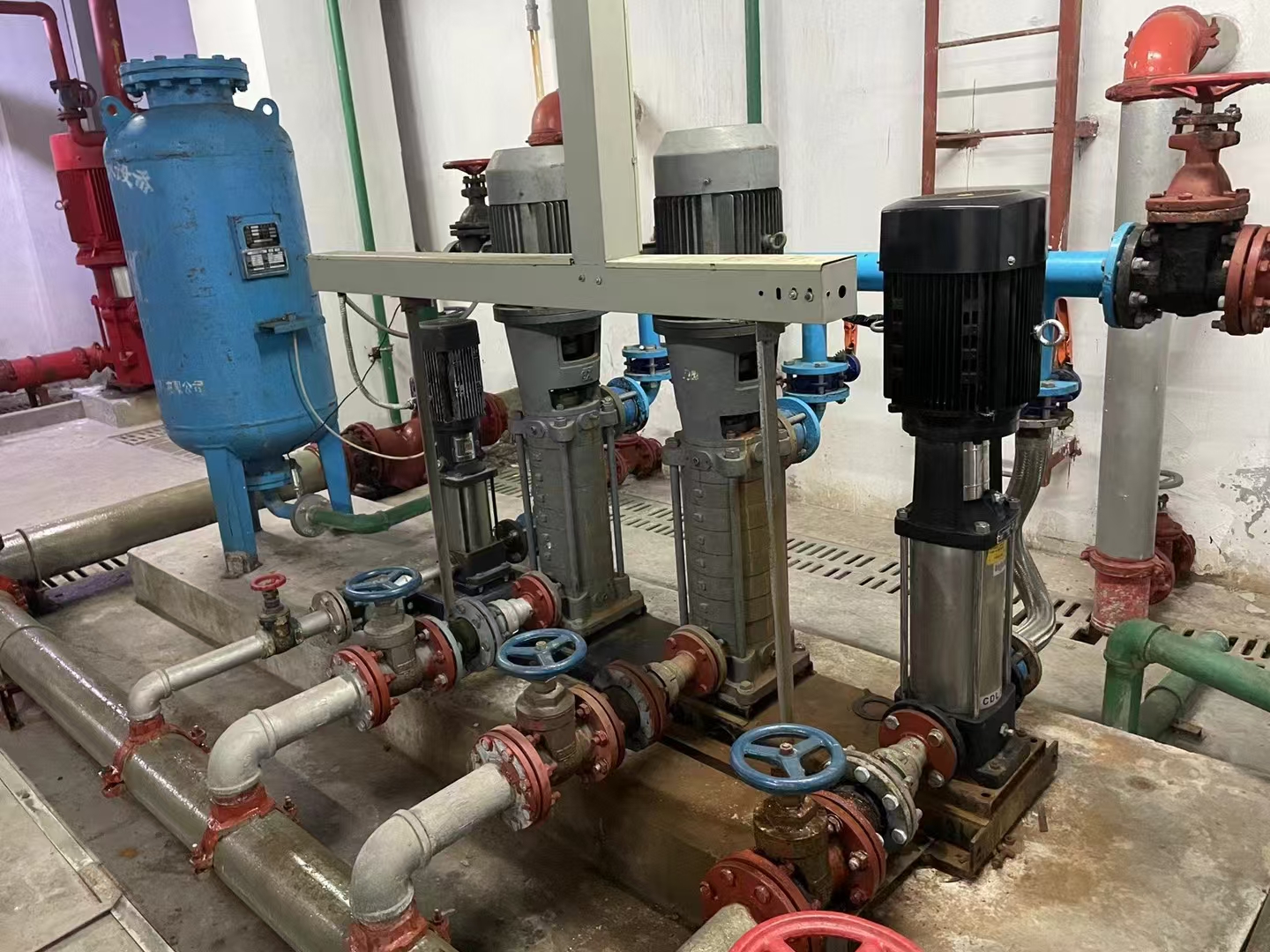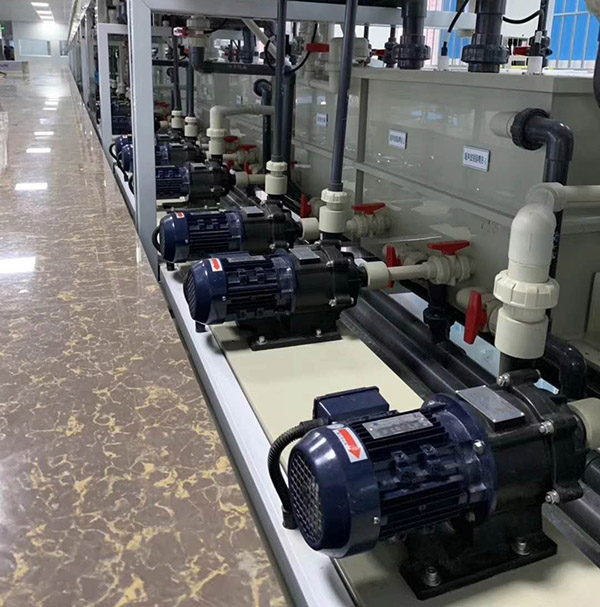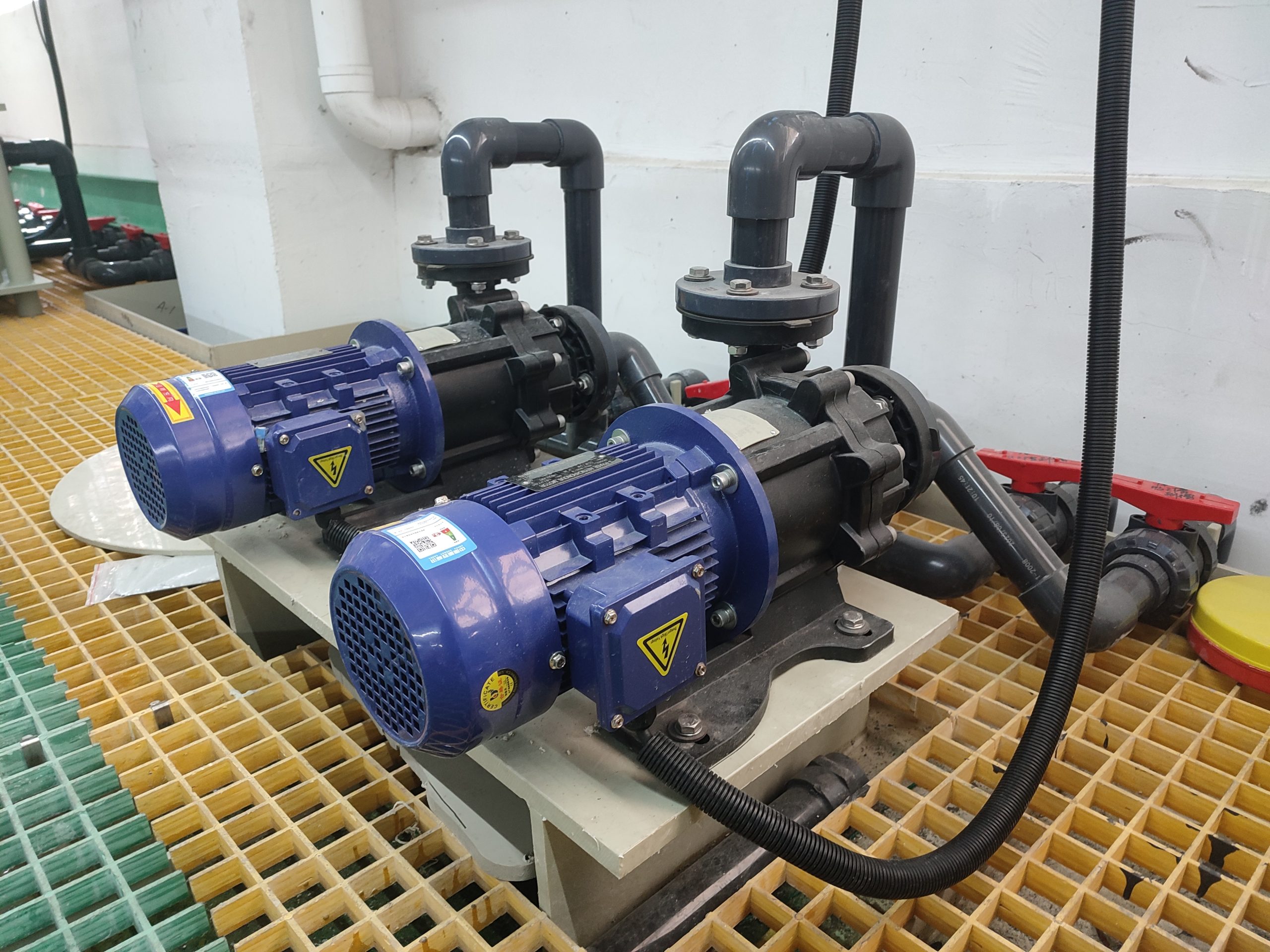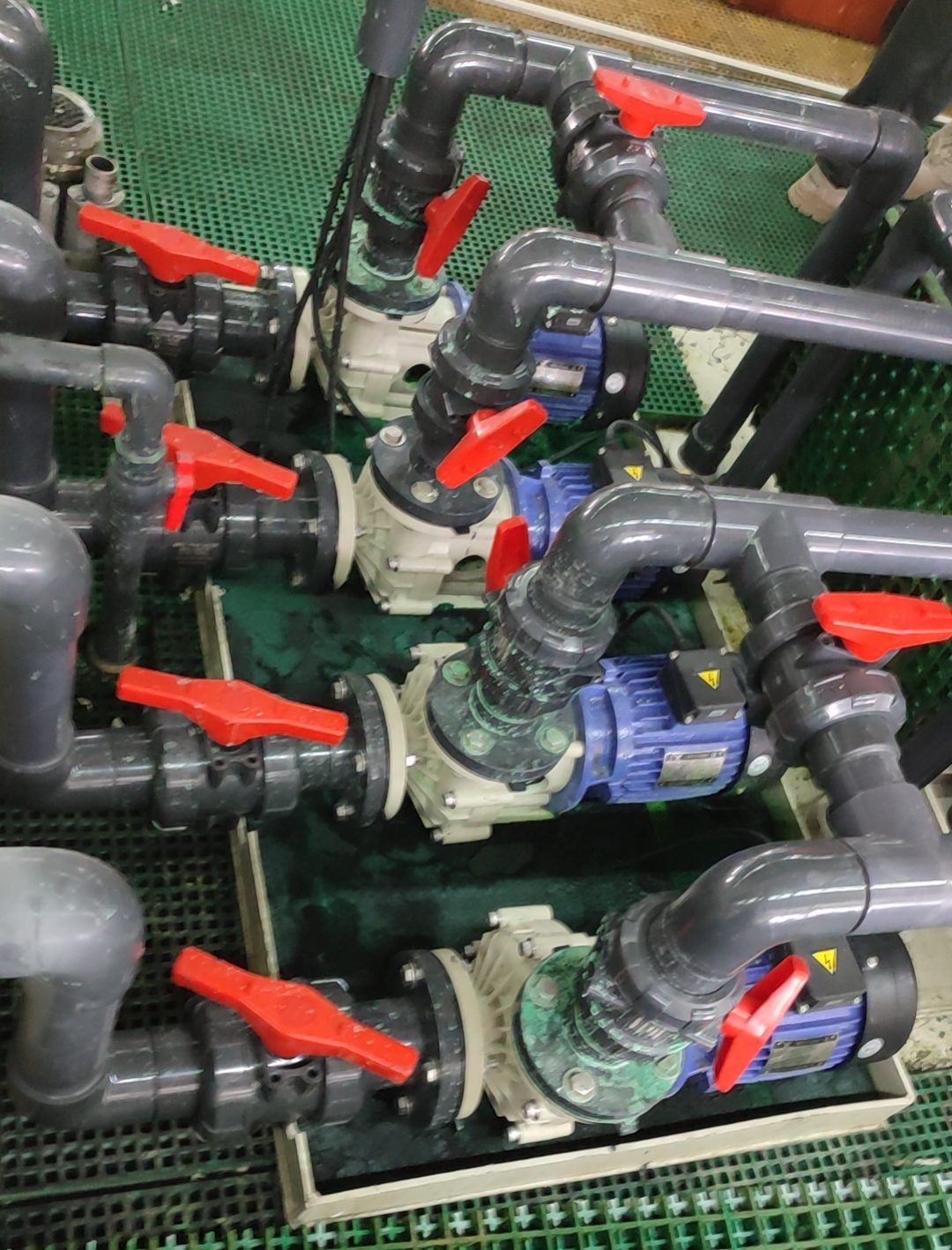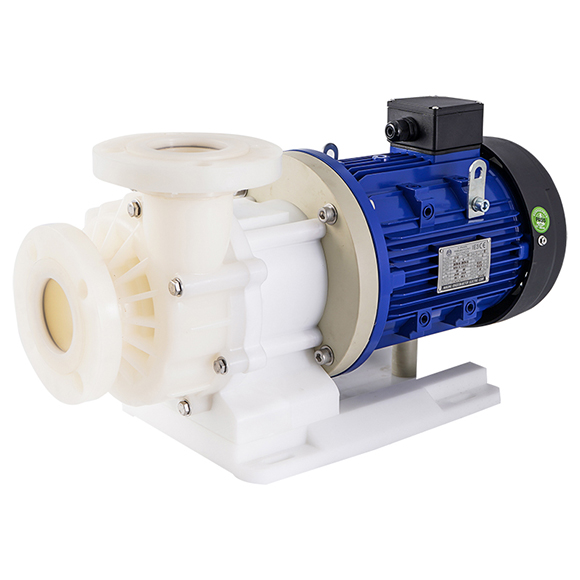Magnetic drive pumps are widely used in chemical, pharmaceutical, and industrial processes where zero leakage, high reliability, and corrosion resistance are required. Among all components, the impeller design plays a decisive role in determining the pump’s head, flow rate, cavitation performance, and overall efficiency.
This article provides a detailed analysis of different impeller types used in magnetic drive pumps, their structural features, efficiency characteristics, and applicable working conditions.
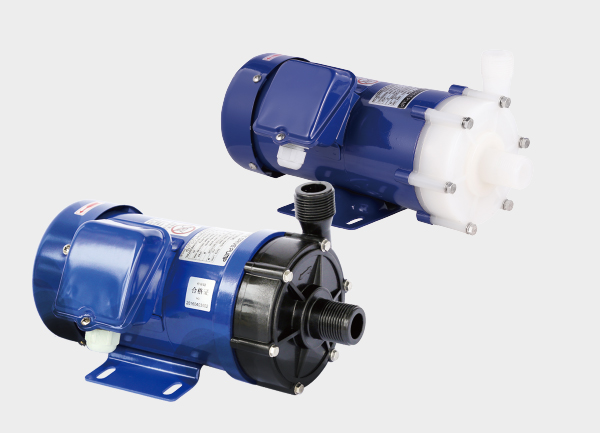
1. Main Types of Magnetic Drive Pump Impellers
Depending on the fluid type and working conditions, magnetic drive pumps typically use the following impeller structures:
1. Closed Impeller
Structure:
The closed impeller consists of a front and back cover plate with blades enclosed between them, forming a sealed flow channel.
Advantages:
High hydraulic efficiency;
Stable operation and low noise;
Suitable for clean, low-viscosity fluids.
Disadvantages:
Not suitable for liquids containing solids or crystals;
Maintenance and cleaning are more complex.
Typical Applications:
Used in chemical and pharmaceutical industries for transferring clean liquids such as acids, alkalis, and solvents.
2. Semi-Open Impeller
Structure:
Has a back cover plate only; the front side of the impeller is open, allowing easier fluid entry.
Advantages:
Better handling of liquids with small amounts of suspended solids or crystals;
Reduced risk of clogging;
Easier maintenance.
Disadvantages:
Slightly lower efficiency than closed impellers;
More prone to backflow losses.
Typical Applications:
Used for slightly contaminated or crystal-forming fluids in chemical processing.
3. Open Impeller
Structure:
No front or back cover plate; the impeller blades are exposed and directly move the fluid.
Advantages:
Strong anti-clogging ability;
Simple structure and easy cleaning;
Ideal for viscous or particle-laden fluids.
Disadvantages:
Lower hydraulic efficiency;
Limited head and flow stability.
Typical Applications:
Used for wastewater, slurry, and high-viscosity fluids in process industries.
4. Double-Suction Impeller
Structure:
The liquid enters the impeller from both sides, effectively balancing axial thrust.
Advantages:
High flow rate and efficiency;
Low vibration and stable operation;
Ideal for medium to large flow systems.
Disadvantages:
More complex structure;
Higher manufacturing cost.
Typical Applications:
Used in cooling water circulation, large chemical systems, and power plants.
5. Backward-Curved Impeller
Structure:
The blades are curved backward against the direction of rotation. This modern impeller design is commonly used in high-efficiency magnetic pumps.
Advantages:
Excellent hydraulic efficiency;
Better anti-cavitation performance;
Wide range of stable operation.
Typical Applications:
Adopted in stainless steel and fluoroplastic magnetic pumps for optimized performance and energy savings.
2. Key Factors Affecting Impeller Efficiency
Blade Shape and Number:
Too few blades cause unstable flow;
Too many increase friction losses.
Optimized designs typically use 5–7 blades for the best efficiency balance.
Impeller Diameter and Specific Speed:
Low specific speed → high head, low flow (for precise chemical transfer);
High specific speed → high flow, low head (for circulation and cooling systems).
Clearance Between Impeller and Casing:
Excessive clearance causes leakage loss;
Too small increases wear risk.
Fluid Properties (Density, Viscosity, Solids Content):
Higher viscosity increases hydraulic losses;
Solids or crystals require semi-open or open impellers.
3. Methods to Improve Impeller Efficiency
CFD (Computational Fluid Dynamics) Optimization:
Simulate and refine impeller geometry to minimize turbulence and vortex formation.High-Precision Dynamic Balancing (G2.5 level):
Reduces vibration and energy loss.Use of High-Strength Materials:
Investment-cast stainless steel or engineered plastics improve surface smoothness and corrosion resistance.Optimize Magnetic Coupling Design:
Reduces eddy current losses and improves overall motor-to-impeller power transmission efficiency.
4. Impeller Type Comparison Table
| Impeller Type | Suitable Medium | Advantages | Disadvantages | Relative Efficiency |
|---|---|---|---|---|
| Closed Impeller | Clean liquids | High efficiency, low noise | Not for solids | ★★★★★ |
| Semi-Open Impeller | Slightly contaminated fluids | Clog-resistant, easy to maintain | Slightly lower efficiency | ★★★★☆ |
| Open Impeller | Viscous or solid-laden fluids | Easy to clean, anti-blocking | Lower efficiency | ★★★☆☆ |
| Double-Suction Impeller | Large flow systems | Balanced, efficient | Complex structure | ★★★★★ |
| Backward-Curved Impeller | Clean or mildly corrosive liquids | Energy-efficient, stable | Higher cost | ★★★★★ |
5. Conclusion
The performance and efficiency of a magnetic drive pump depend not only on its motor and magnetic coupling system but also critically on the impeller design. Selecting the right impeller type based on medium characteristics, optimizing hydraulic geometry, and improving material precision can significantly enhance pump efficiency, service life, and energy savings.


